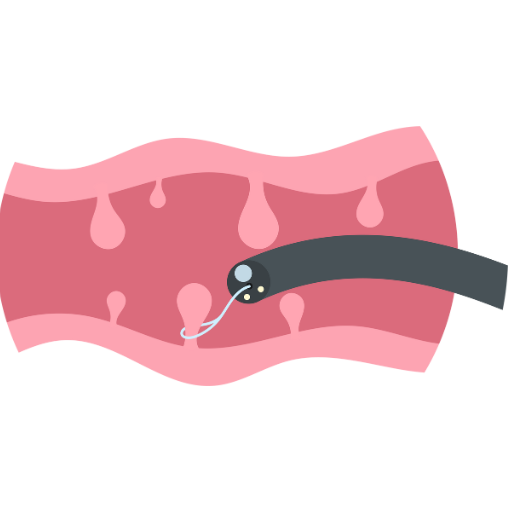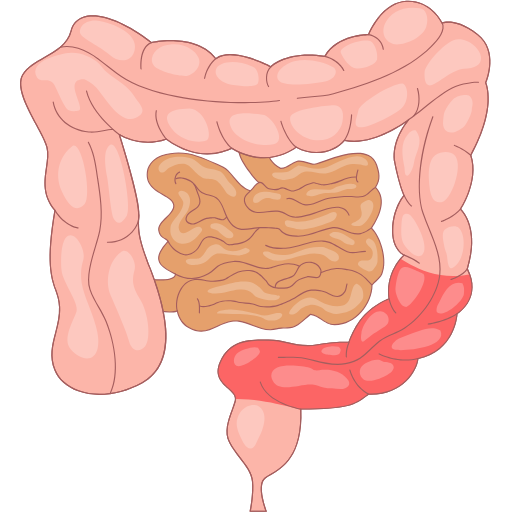Dr. Nitin Singhal
Robotic Thyroid Surgery
What is Robotic Thyroid Surgery?
Robotic Thyroid Surgery is a modern, minimally invasive approach to removing all or part of the thyroid gland using a robotic surgical system. Instead of making a large incision in the neck, surgeons operate through smaller incisions placed in less visible areas such as the armpit or behind the ear. This advanced technique allows for greater precision, flexibility, and control, while significantly reducing visible scarring.
It is commonly performed for conditions like thyroid cancer, large thyroid nodules, or goiters. Patients benefit from less pain, quicker recovery, smaller scars, and improved cosmetic outcomes compared to traditional open thyroid surgery. Robotic thyroid surgery also provides enhanced visualization of delicate structures such as nerves and parathyroid glands, helping to preserve important functions like speech and calcium balance.

Happy Clients
Successful Surgeries
Patients Reviews Rate
Years of Experience
Types of Robotic Thyroid Surgery

Transaxillary Robotic Thyroidectomy
The surgeon operates through an incision in the armpit, avoiding a neck scar. It provides good cosmetic results while allowing safe removal of the thyroid gland.

Retroauricular Robotic Thyroidectomy
The incision is made behind the ear, similar to a facelift approach. This approach hides scars and provides excellent access to the thyroid with minimal disruption.

Transoral Robotic Thyroidectomy
Surgery is performed through the mouth, leaving no external scar. It offers direct access to the thyroid with quick recovery and minimal pain.

Bilateral Axillo-Breast Approach
Your Guide to Robotic Thyroid Surgery
Robotic surgery in thyroid issues is normally brought about by thyroid cancer, giant goiters or benign nodules which interfere with the functionality or the look of the gland. Risk factors that may lead to thyroid abnormalities include genetic factors, exposure to radiations and family history of thyroid disease.
Others are hyperthyroidism or hypothyroidism (overactive or underactive thyroid) and cystic or solid thyroid nodules that may either grow or lead to compressive symptoms. Robotic surgery would be thought of where minimum invasiveness would be safe in the removal of the thyroid without being detrimental to important structures.
The patients requiring robotic surgery on the thyroid gland might have swelling of the neck, lumps that are visible or have increased size of the thyroid gland. Other symptoms are the inability to swallow, voice changes, or the feeling of pressure in the throat because of big nodules or tumors.
Certain patients also complain of unexplainable fatigue, hormone imbalances or increased lymph nodes in case of cancer. Imaging and blood tests allow the identification of the disease at the earliest stage, which assists in organizing the surgery and reducing the number of complications.
The main intervention is to remove the whole or part the thyroid gland with the help of robotic intervention. The method is able to excise with great precision without damaging vital structures such as the vocal cords and parathyroid glands.
Thyroid hormone replacement therapy may be needed by patients who lose the whole gland after the surgery. The follow-ups involve monitoring of the hormones, imaging, and frequent check-ups to guarantee an appropriate recovery, normal function of the thyroid and early identification of any relapse.
Benefits of Robotic Thyroid Surgery?

Faster Recovery Time

Low Risk of Infection

Lesser Scars

Less Discomfort After Surgery

Shorter Hospital Stay

Speedier Return to Daily Life
Why Choose Dr Nitin Singhal For Robotic Thyroid Surgery?
Dr. Nitin Singhal, a leading Robotic Thyroid Surgery, has 15+ years of experience and 5,000+ major surgeries. He specializes in GI, thoracic, gynecologic, urologic, and kidney cancers with advanced robotic techniques.

Expertise
He performs minimally invasive robotic thyroid surgeries for cancer, nodules, and goiters. His focus is on precise tumor removal while preserving vocal and parathyroid functions.
Infrastructure
Patients benefit from cutting-edge robotic systems, modern OTs, and ICU support. Advanced 3D imaging and instruments ensure safer surgeries, less blood loss, and quicker recovery.
Technology
Dr Nitin Singhal uses robotic-assisted, minimally invasive methods with meticulous planning. His approach minimises scarring and complications while providing personalised, outcome-focused care.
Commonly Asked Questions
What are the benefits of robotic thyroid surgery?
Robotic thyroid surgery offers minimally invasive treatment with smaller or hidden incisions, reducing visible scarring. It also allows precise tumor removal, less blood loss, quicker recovery, and better preservation of the vocal cords and parathyroid glands.
Where are the incisions made in robotic thyroid surgery?
Incisions are usually placed in less visible areas such as the armpit (transaxillary), behind the ear (retroauricular), around the breasts (BABA), or inside the mouth (transoral). This ensures excellent cosmetic results while giving the surgeon good access to the thyroid.
How long does recovery take?
Recovery from robotic thyroid surgery is generally faster than traditional open surgery, with most patients resuming normal activities in 1 to 2 weeks. Full recovery and return to regular diet and routine usually occurs within a few weeks, depending on the extent of surgery.
Get In Touch!
We provide a 24*7 emergency care
If you have any kind of robotic cancer surgery-related medical emergency, visit Sterling Hospital. An expert doctor is always available & treatment will be provided at once.
